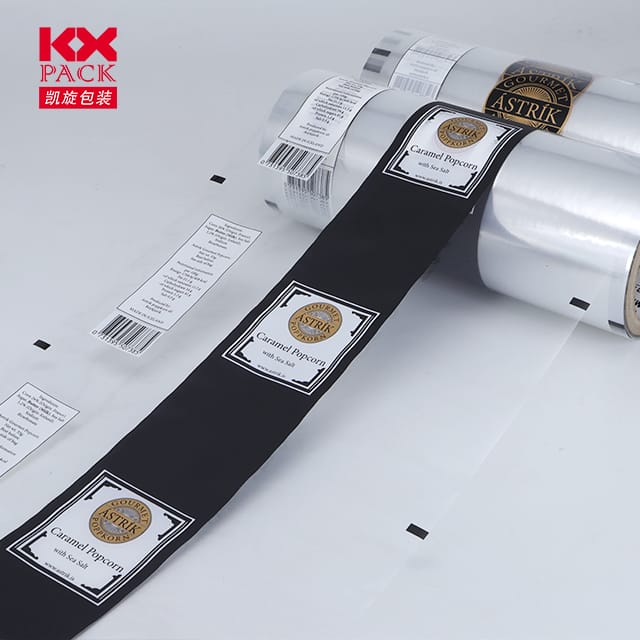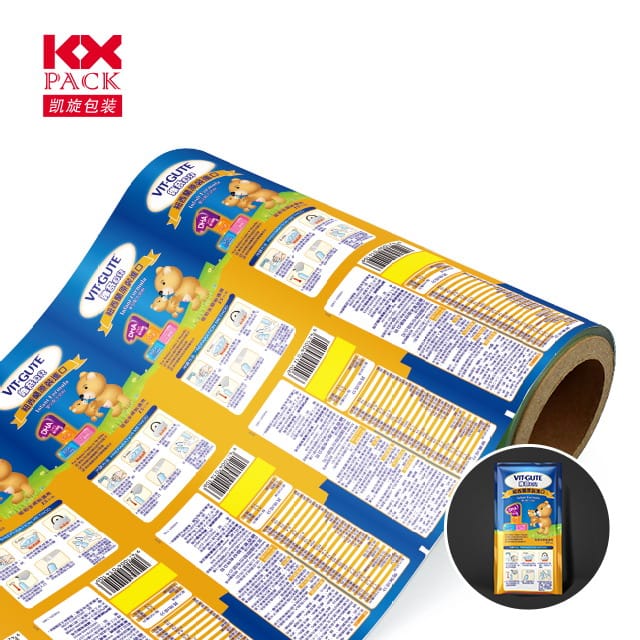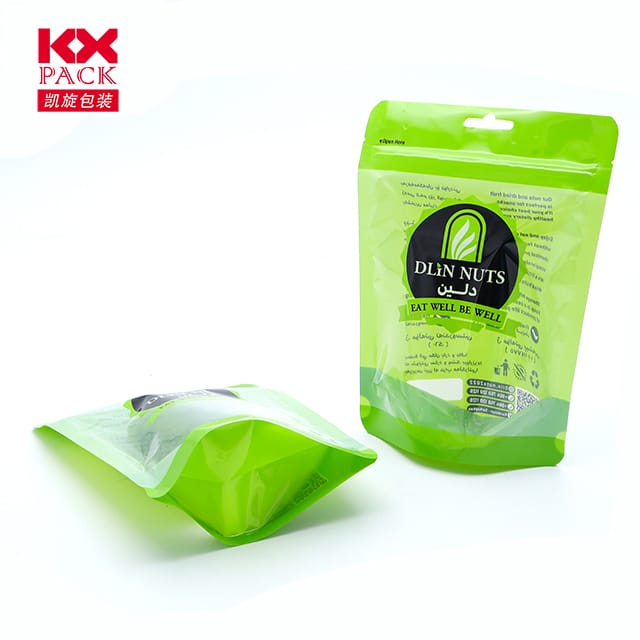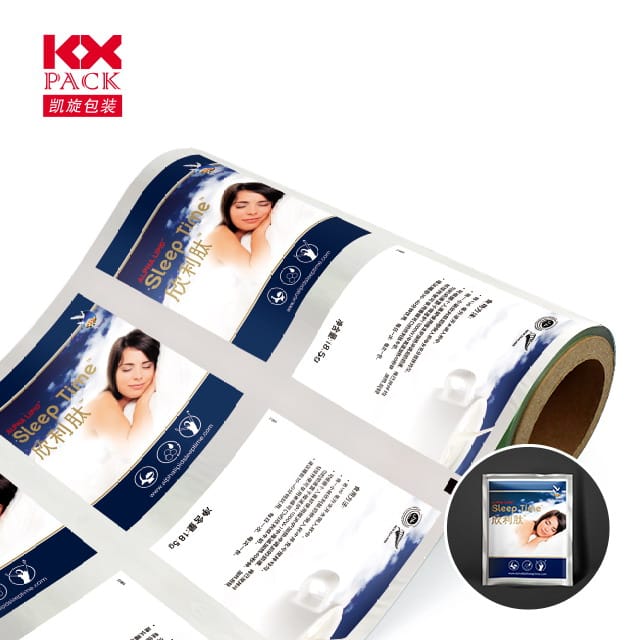L'eroe sconosciuto della confezione moderna: Why Roll Film è un punto di svolta (6)
Roll Film
In un mondo in cui i prodotti competono per l'attenzione su ripiani affollati e piattaforme di e-commerce, L'imballaggio non riguarda solo la protezione, ma si tratta di sostenibilità, efficienza, e storytelling del marchio. EntrareFilm di packaging roll, Un materiale versatile che alimenta silenziosamente le industrie dal cibo all'elettronica. Srotola perché questa soluzione umile ma potente merita un riflettore.
Che cos'è il film di packaging roll?
Il film sull'imballaggio è un flessibile, foglio continuo di materiale (spesso in plastica, composti biodegradabili, o laminati) ferire in un tiro. È usato per avvolgere, foca, o proteggere i prodotti attraverso processi automatizzati o manuali. Pensalo come il coltello dell'esercito svizzero della confezione: adattabile, economico, e scalabile.
I tipi comuni includono:
- Polietilene (PE): Resistenti a leggero e umidità, Ideale per prodotti freschi o prodotti secchi.
- Polipropilene (PP): Resistente e resistente al calore, Utilizzato per snack, tessuti, o parti industriali.
- Film biodegradabili: Realizzato con materiali a base vegetale come l'amido di mais, attraente per i marchi ecologici.
- Film laminati: Combina gli strati per le proprietà della barriera (PER ESEMPIO., protezione da ossigeno o UV).
Why Roll Film Reigns Supreme
- Efficienza sul pilota automatico
Roll Film è progettato per linee di imballaggio ad alta velocità. Le macchine possono rilassarsi, taglio, e sigillalo in pochi secondi, rendendolo perfetto per la produzione di massa. Ciò riduce i costi del lavoro e minimizza l'errore umano rispetto a borse o scatole pre-fatte. - Personalizzazione su scala
I marchi possono stampare loghi, Istruzioni, o disegni vibranti direttamente sul film roll prima dell'imballaggio. Ciò garantisce un marchio costante e consente campagne stagionali o invocazioni in edizione limitata senza revisionare intere linee di imballaggio. - Spavalderia di sostenibilità
Mentre la plastica spesso ottiene un brutto rap, Il film Roll si sta evolvendo. Molti produttori ora offrono:- Contenuto riciclato: Film realizzati da rifiuti post-consumo.
- Opzioni compostabili: Film che si rompono in strutture industriali.
- Indicatori più sottili: Usando meno materiale senza sacrificare la forza.
- Prima di freschezza
Per deperibili come il formaggio, carne, o caffè, Roll Film può essere progettato con tecnologia a gas. (Sostituzione di ossigeno con azoto o CO₂) per estendere la durata di conservazione. Ciò riduce gli sprechi alimentari: una vittoria sia per i consumatori che per il pianeta.
Industrie che si affidano al film roll
- Cibo & Bevanda: Dalle barrette di muesli alle verdure congelate, Roll Film Keeps Products freschi e evidenti.
- Farmaceutici: Sterile, Gli impacchi a prova di umidità assicurano che i medicinali rimangano al sicuro durante il transito.
- E-Commerce: I rotoli di dimensioni personalizzate riducono i rifiuti di materiale quando si spediscono articoli di forma irregolare.
- Agricoltura: Il film insilato preserva il feed di bestiame, mentre i film di pacciame proteggono le colture dalle erbacce.
Il futuro del film Roll: Intelligente e sostenibile
Il settore degli imballaggi sta correndo per innovare, e il film di rollio non fa eccezione. Ecco cosa c'è all'orizzonte:
- Packaging intelligente: Films incorporati con sensori per tracciare la freschezza o rilevare la contaminazione.
- Film commestibili: Realizzato con proteine o amidi, Questi potrebbero sostituire la plastica monouso per snack.
- Design guidato ai: Algoritmi che ottimizzano lo spessore del film e l'uso di materiale per ridurre i costi e i rifiuti.
Sfide da guardare
Nonostante i suoi vantaggi, Il film affronta ostacoli:
- Confusione di riciclaggio: I film a più livelli sono difficili da riciclare, Sebbene i progressi nei laminati mono-materiali stanno aiutando.
- Barriere di costo: Le alternative ecologiche rimangono più costose della plastica tradizionale, Anche se la domanda sta abbassando i prezzi.
Pensiero finale: Il ruolo del film del film in un'economia circolare
Il film di packaging non è solo un wrapper: è un ponte tra efficienza e sostenibilità. Poiché i marchi affrontano la pressione per ridurre la loro impronta di carbonio, L'adattabilità di questo materiale lo rende un giocatore chiave nella transizione verso un'economia circolare.
La prossima volta che scarti uno spuntino o apri un pacchetto, Prenditi un momento per apprezzare il film dietro le quinte. È una forza piccola ma potente che modella il modo in cui consumiamo e proteggiamo i prodotti nel 21 ° secolo.
Avere una storia di innovazione di packaging o un marchio ecologico preferito che utilizza Roll Film? Condividilo nei commenti qui sotto! 🌍📦







